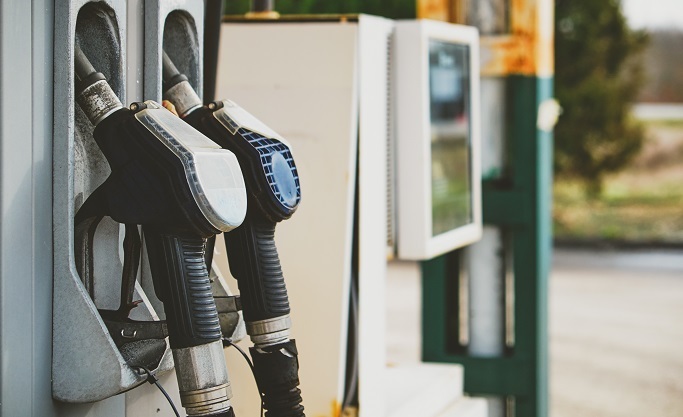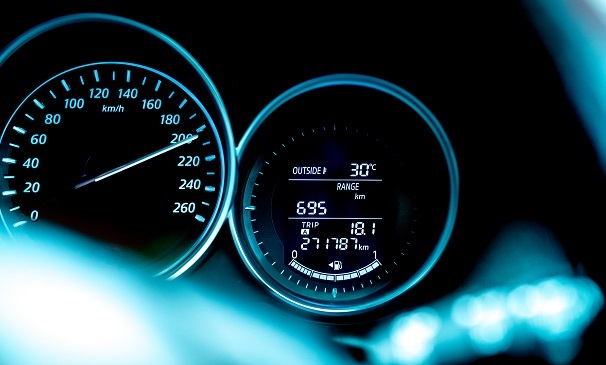
 Data Structure
Data Structure Networking
Networking RDBMS
RDBMS Operating System
Operating System Java
Java MS Excel
MS Excel iOS
iOS HTML
HTML CSS
CSS Android
Android Python
Python C Programming
C Programming C++
C++ C#
C# MongoDB
MongoDB MySQL
MySQL Javascript
Javascript PHP
PHP
- Selected Reading
- UPSC IAS Exams Notes
- Developer's Best Practices
- Questions and Answers
- Effective Resume Writing
- HR Interview Questions
- Computer Glossary
- Who is Who
What is the full form of FPM?
Introduction
Fuel Pump Monitor (FPM) is a system or device that monitors the internal combustion engine's fuel pumps. Its purpose is to spot any problems or irregularities with the fuel pump's performance, such as a clogged fuel filter, a malfunctioning fuel pump, or low fuel pressure.

Sensors are frequently used by the FPM to measure fuel pressure, flow rate, and temperature. It might also be equipped with diagnostic equipment to find the source of any fuel system issues. Modern engine control systems absolutely require the FPM because it makes sure that the fuel system is operating at its best, which maximises engine performance, fuel efficiency, and emissions control.
Importance of Fuel Pump Monitor
In order to ensure that vehicles function properly and to reduce engine damage brought on by fuel system issues, the fuel pump monitor (FPM) is crucial. FPMs continuously check the fuel pressure and flow rate to make sure the engine is getting the right amount of fuel. By alerting the driver or the engine management system to any departures from the ideal pressure and flow rate, FPMs help stop issues including engine stalling, rough idling, and decreased fuel economy. Additionally, FPMs can help in the diagnosis of fuel system problems during routine auto maintenance, saving time and money. FPMs are consequently an essential component of modern vehicles, particularly in preserving their dependability and safety.
Types of Fuel Pump Monitor
Fuel pump monitors fall into one of two categories
Wired Fuel Pump Monitors: An FPM that is wired to the car's electrical system can track fuel pump action. The driver or the car's computer will be alerted if there are any issues. Wired FPMs are more dependable and accurate, albeit they can be more expensive to install.
Wireless Fuel Pump Monitors: A wireless fuel pump monitor keeps an eye on the action at the gasoline pumps and can too alarm the driver through their smartphone or another gadget. Wireless FPMs may not be as exact and may have network issues in a few places, despite being less costly and simpler to introduce than cable FPMs.
Both sorts of FPMs are required to monitor fuel pump activity and avoid fuel system failures that might harm the vehicle and put the driver and travelers in danger.
Fuel pump monitors come in a assortment of designs, including
Ultrasonic fuel level sensors These sensors use ultrasonic waves to determine how much fuel is in the tank.
Sensors that sense changes in capacitance as fuel levels rise and fall are known as capacitive fuel level sensors.
Fuel level sensors with floats These sensors gauge the amount of fuel in the tank using a float.
Optical fuel level sensors These sensors gauge the amount of fuel in the tank by using light.

Fuel level sensors that sense resistance changes as fuel levels rise and fall are known as resistive fuel level sensors.
Magnetic fuel level sensors: These sensors gauge the amount of fuel in the tank using a magnetic float.
Pressure Sensors: These sensors monitor fuel levels in order to estimate fuel levels indirectly.
Applications of FPM
The following are typical uses
Real-time fuel usage monitoring is made possible by FPMs, which can increase fuel efficiency and reduce fuel expenditures.
FPMs are used to enable maintenance to be scheduled before equipment breakdown since they can identify fuel pump failures early.
It is possible to better control the gasoline inventory more effectively and reduce the danger of fuel stockouts by using FPMs to detect fuel levels and track usage.
Fuel Quality Monitoring By identifying fuel pollution, FPMs can assist in maintaining only pure fuel.
Environmental Compliance By tracking fuel spills and leaks, FPMs can help to make sure that environmental regulations are obeyed.
The installation of FPMs to track fuel use throughout a fleet of cars enables better fleet management and lower fuel costs.
Conclusion
In conclusion, it is essential to keep an eye on fuel pumps to make sure that the fuel systems in a range of organisations run well. FPMs help identify and prevent fuel theft, monitor fuel use, and reduce fuel waste, among other benefits. FPMs can be based on hardware, software, or sensors, among other things. Each of these groups has benefits and drawbacks and is suitable for different uses. The importance of FPMs is anticipated to increase as industries that rely on fuel systems continue to grow, and technical advancements will result in FPMs that are more dependable and efficient.
FAQs
Q1. Exactly how reliable are fuel pump monitors?
Ans: The accuracy of the fuel pump monitors depends on the kind and model of the device or system. However, the vast majority of modern fuel pump monitors are incredibly accurate and reliable.
Q2. Can a fuel pump monitor improve fuel efficiency?
Ans: By monitoring the flow rate and pressure of fuel, a fuel pump monitor can help optimise fuel use and increase fuel efficiency.
Q3. How often should a fuel pump monitor be checked or calibrated?
Ans: The fuel pump monitor's exact make and model will determine how frequently it has to be calibrated or maintained. Regular inspection and maintenance are advised to ensure accurate and dependable functioning.

